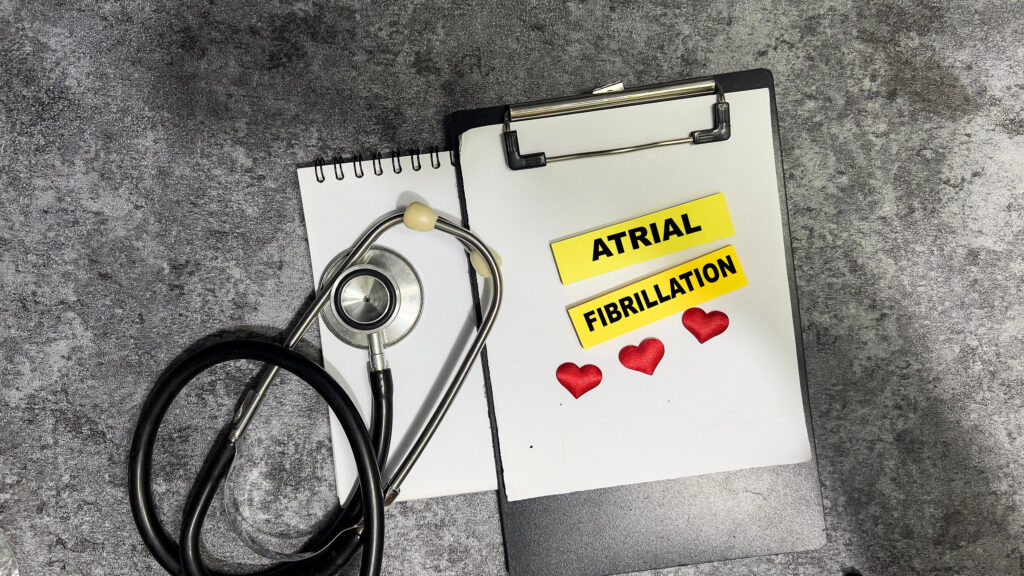Arq. Bras. Cardiol. 2025; 122(3): e20250193
Moving from the “Check the Pulse” Era To “Check the ECG” in the Prevention of Thromboembolic Events in Atrial Fibrillation
This Short Editorial is referred by the Research article "Subclinical Atrial Fibrillation Screening in Dialytic Chronic Kidney Disease Patients Using Portable Device".
Atrial fibrillation (AF) and chronic kidney disease (CKD) share common risk factors and often co-exist: 20% of patients with CKD have symptomatic AF, whereas around 50% of patients with AF will have some degree of renal impairment. Patients with both conditions have a five-fold increased risk of stroke, three-fold increased risk of congestive heart failure, higher cardiovascular morbidity, and all-cause mortality compared with patients who only have either AF or CKD. The incidence rates of AF in a large nationwide database from Taiwan were 5.0, 7.3, and 12.1 events per 1000 patient-years in the general population, the CKD cohort, and the end-stage kidney disease cohort, respectively. The risk of stroke or systemic embolismincreased by 7% for every 10 mL/min decline in eGFR. Early detection of AF may reduce the risk of stroke and other AF-related complications using oral anticoagulant therapy or left atrial appendage closure procedure..
In the first physician-based survey jointly conducted by European Heart Rhythm Association (EHRA) and European Renal Association (ERA)/European Dialysis and Transplantation Association (EDTA) in 2020 to gain insight into the management of AF in patients with CKD, when asked about screening for AF among CKD patient, overall, 132/295 respondents (44.7%) would routinely screen for the presence of AF in all CKD patients at their first presentation, 68/295 (23.1%) would screen for AF only in selected CKD patients, and 95/295 respondents (32.2%) would not screen for AF among CKD patients. Compared with ERA/EDTA respondents, EHRA respondents would more frequently screen for AF only in selected CKD patients (28.5% vs. 16.8%, p = 0.017 at their first presentation and 36.7% vs. 25.0%, p = 0.031 during follow-up). Therefore, there is a low utilization of screening for AF among CKD patients, most likely in patients with symptoms or a history of arrhythmia. More ERA/EDTA respondents would screen for AF among patients on dialysis or those with a functioning kidney transplant compared with EHRA respondents. The most common screening techniques were a single 12-lead electrocardiogram (ECG) recording (240/288 respondents, 83.3%) or ≥24-h Holter monitoring (181/288, 62.8%). The ERA/EDTA respondents still more frequently chose pulse palpation (67.4%), whereas the EHRA respondents more frequently opted for a cardiac rhythm monitoring strategy using a handheld device, telemetry, Holter monitoring, an implantable cardiac monitor, or cardiac implantable electronic device memory readings.
[…]
76

